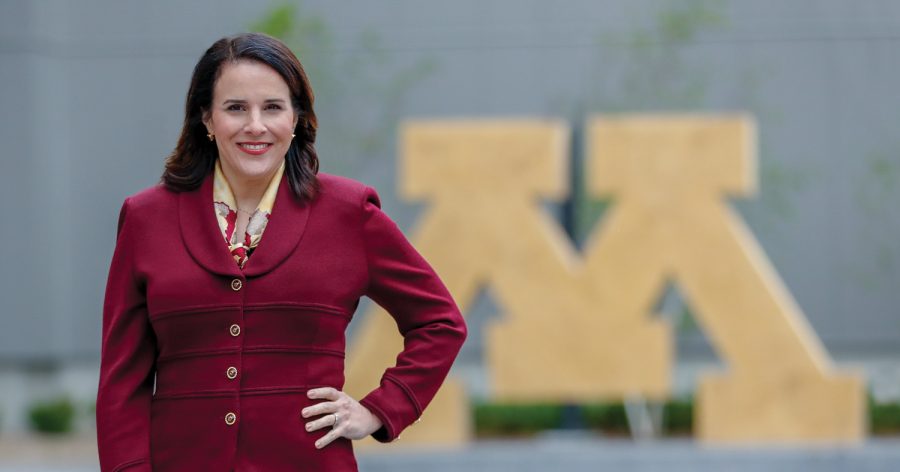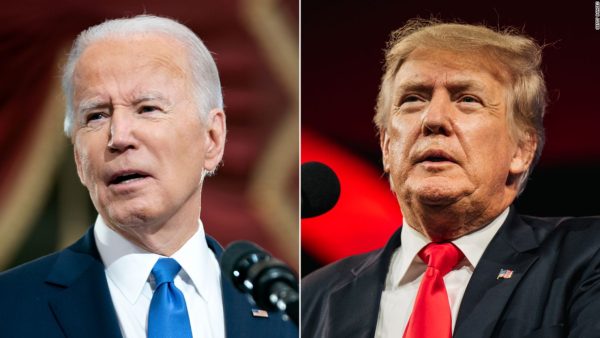University of Minnesota Bids Farewell to President Joan Gabel Amidst Controversy
April 12, 2023
Joan Gabel, the first female president of the University of Minnesota, announced her departure from the institution amidst ongoing controversy surrounding her tenure. Gabel, who has faced criticism for her management style and handling of various issues, leaves behind a divided university community.
Gabel, who took office in July 2019, has overseen a tumultuous period at the University of Minnesota, marred by budget cuts, student protests, and accusations of inadequate support for underrepresented groups. Her departure has left many questioning the long-term impact of her leadership on the university.
During Gabel’s tenure, the University of Minnesota has faced numerous challenges, including the COVID-19 pandemic. While the university did manage to transition to online learning, many students and faculty criticized Gabel’s handling of the situation, citing a lack of clear communication and insufficient resources for students and instructors. Although Gabel eventually oversaw the implementation of the university’s COVID-19 vaccination campaign, her response to the crisis has been met with mixed reviews.
Gabel’s commitment to diversity and inclusion has also been called into question. Despite launching the President’s Initiative for Student Success, aimed at closing achievement gaps and increasing graduation rates for underrepresented students, critics argue that the program’s implementation has been slow and inconsistent. Many feel that Gabel has not done enough to address the ongoing racial and social disparities on campus.
Additionally, Gabel’s management style has been a point of contention. Her relationship with faculty and staff has been strained due to her perceived lack of transparency and collaboration. Many have accused her of making unilateral decisions without consulting key stakeholders or incorporating their input, resulting in a rift between her administration and the university community.
One of the most significant criticisms of Gabel’s tenure has been her handling of the university’s finances. Budget constraints and financial mismanagement have led to the elimination of several programs and staff positions, adversely affecting the overall quality of education and student experience. Gabel’s focus on climbing national rankings and expanding research centers has been criticized as prioritizing prestige over the needs of the university community.
Board of Regents Chair, James Farnsworth, commented on Gabel’s departure, stating, “We acknowledge the challenges faced during President Gabel’s tenure and are committed to addressing the concerns of our students, faculty, and staff. As we begin our search for a new president, we will work diligently to ensure a smooth transition and to select a leader who can unite our community and help our university thrive.”
Gabel’s departure comes amidst a climate of uncertainty for the University of Minnesota. The Board of Regents will soon initiate a nationwide search for Gabel’s successor, with plans to involve students, faculty, and staff in the selection process. However, many remain skeptical about the university’s ability to overcome the division and strife that has characterized Gabel’s tenure.
In a statement to the university community, Gabel said, “It has been an honor to serve as the president of the University of Minnesota, and I am proud of what we have accomplished together. I acknowledge the challenges we have faced and hope that my departure will provide an opportunity for the university to come together and move forward in a positive direction.”
Despite Gabel’s optimistic words, the university community remains divided. Some individuals feel that her departure is a step in the right direction and will allow the institution to address the issues that have arisen during her tenure. Others worry that her resignation will only exacerbate existing problems and contribute to further instability.
One faculty member, who requested anonymity, expressed concerns about the future of the university. “President Gabel’s tenure has been fraught with controversy, and her departure leaves us uncertain about the direction the university will take,” they said. “We need a leader who can unite the community and address the pressing issues we face, particularly in terms of diversity, inclusion, and financial stability.”
Students have also voiced their apprehensions about the university’s trajectory. “I’m worried about the future of our programs and resources, especially given the budget cuts we’ve seen in recent years,” said a senior at the University of Minnesota. “I hope that the next president will prioritize the needs of students and faculty, rather than focusing solely on prestige and rankings.”
As the University of Minnesota embarks on the search for a new president, it is clear that the institution is at a crossroads. The next leader will need to confront the challenges that have emerged during Gabel’s tenure and work to restore unity and trust within the university community.
The Board of Regents has announced plans to engage students, faculty, and staff in the selection process for the new president. They hope that this inclusive approach will ensure that the chosen candidate is equipped to address the concerns of the community and lead the university toward a more stable and prosperous future.
While Joan Gabel’s tenure as president has been marked by controversy and division, her departure offers an opportunity for the University of Minnesota to reflect on its values and priorities. As the search for a new leader begins, the university community must come together to ensure that their institution emerges stronger and more united than ever.













